Magic Leap finally reveals its AR headset, developer edition coming next year
3 min. read
Published on
Read our disclosure page to find out how can you help MSPoweruser sustain the editorial team Read more

Magic Leap has finally revealed its first headset that will take on Microsoft HoloLens. Unlike HoloLens, Magic Leap’s headset seems to be lightweight and more comfortable for hours of use. Magic Leap One is powered by Digital Lightfield technology and supports environment mapping, precision tracking and soundfield audio to produce amazing Mixed Reality experiences. The key difference when compared to HoloLens headset is that Magic Leap’s headset doesn’t pack the computing power it needs in itself. Instead, users have to carry a lightweight pack that has the engine that drives its spatial computing platform. Like Windows Mixed Reality Controllers, Magic Leap One will also support a special controller that supports force control and haptic feedback for a fluid, sensory experience.
Platform features:
Digital Lightfield: Our lightfield photonics generate digital light at different depths and blend seamlessly with natural light to produce lifelike digital objects that coexist in the real world. This advanced technology allows our brain to naturally process digital objects the same way we do real-world objects, making it comfortable to use for long periods of time.
Visual Perception: The robust sensor suite on Magic Leap One detects surfaces, planes and objects, allowing for digital reconstruction of your physical surroundings. The result is a system that sees what you see, allowing lightfield objects to not only exist in the physical world but actually interact with it. Whether it’s virtual displays sitting alongside the computer monitor on your desk or a virtual panda that climbs across your living room couch, visual perception with machine learning unlocks the power of spatial computing.
Persistent Objects: Our visual perception and room-mapping technology builds a digital replica of your physical environment – detecting and storing the precise location of walls, surfaces and other physical objects. Lightfield objects stay where you put them, just as they would in real life. Place a virtual TV on the wall over your fireplace and when you return later, the TV will be right where you left it.
Soundfield Audio: To feel real, it must sound real. Our soundfield audio mimics the real world and relays distance and intensity with amazing quality. This allows you to hear exactly where a sound is coming from, meaning you’ll know how close a virtual T-Rex is as it stomps up behind you.
High-Powered Chipset: Our integrated processing unit delivers high-fidelity, gaming-quality graphics, with the power and performance of a laptop computer. From editing an elaborate 3D model to playing a first-person shooter in your living room, Magic Leap One produces lightfield objects in intricate detail, all on a highly responsive, self-contained wearable.
Next Generation Interface: We live and think in a 3D world, not on a flat screen. Our spatial interface includes multiple input modes including voice, gesture, head pose and eye tracking. This collective input system provides the tools needed to break free from outdated conventions of point and click interfaces, delivering a more natural and intuitive way to interact with technology.
Magic Leap One Creator Edition hardware will be shipping in 2018 for designers, developers and creatives.






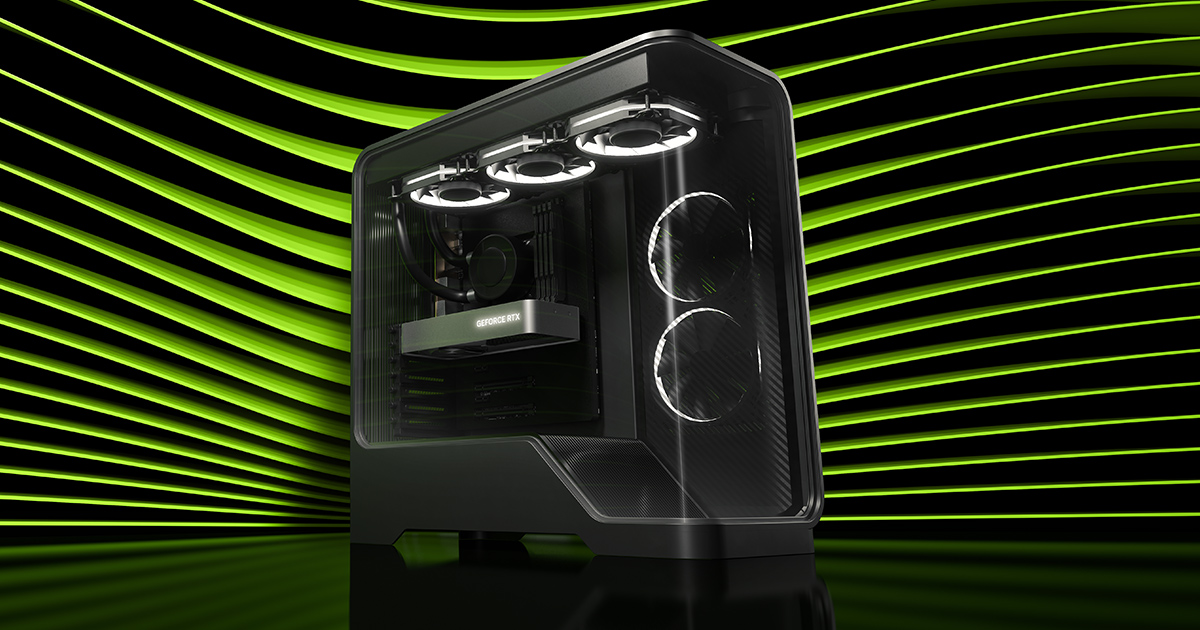
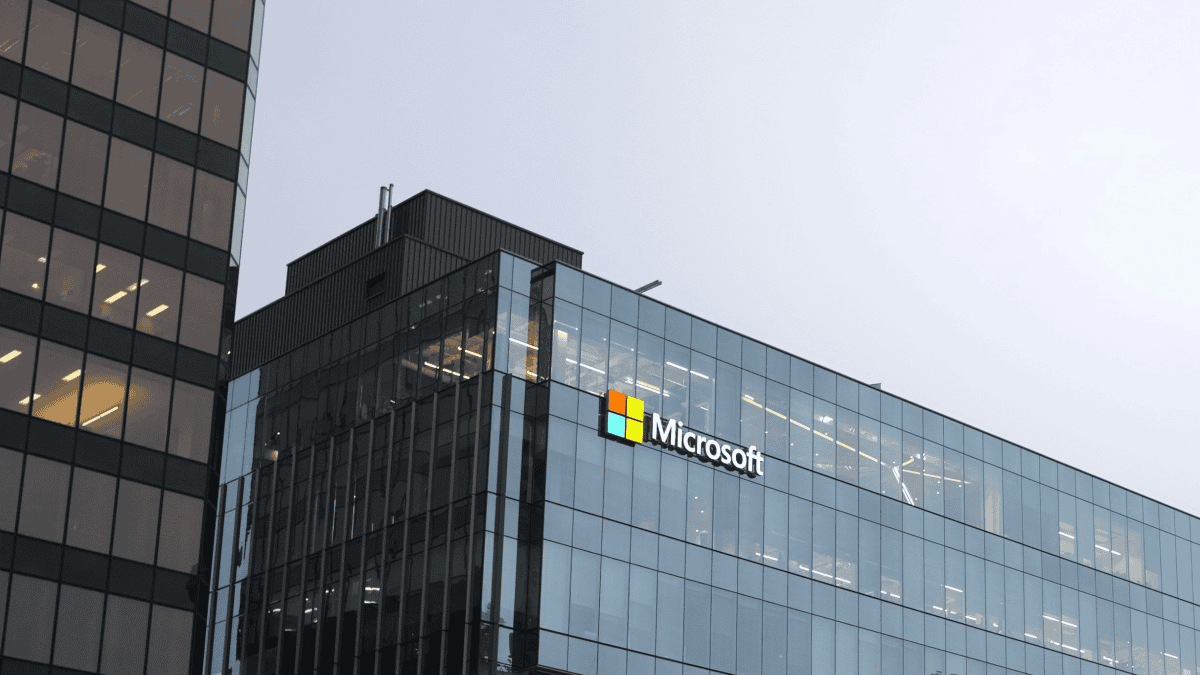
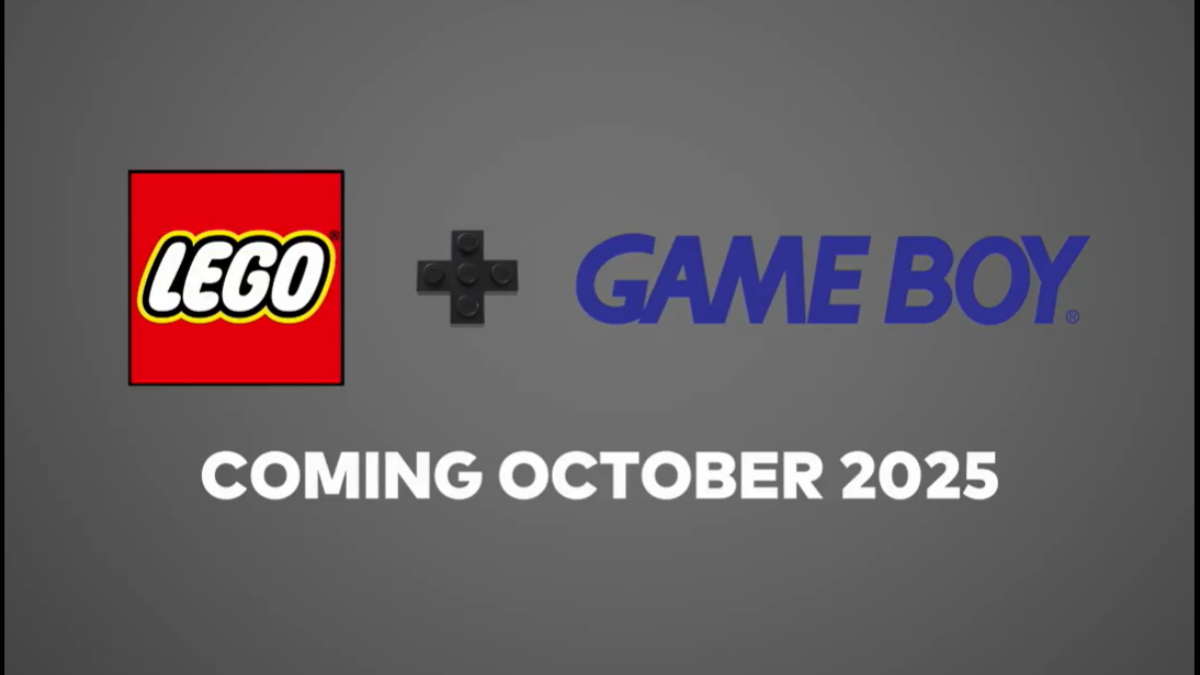
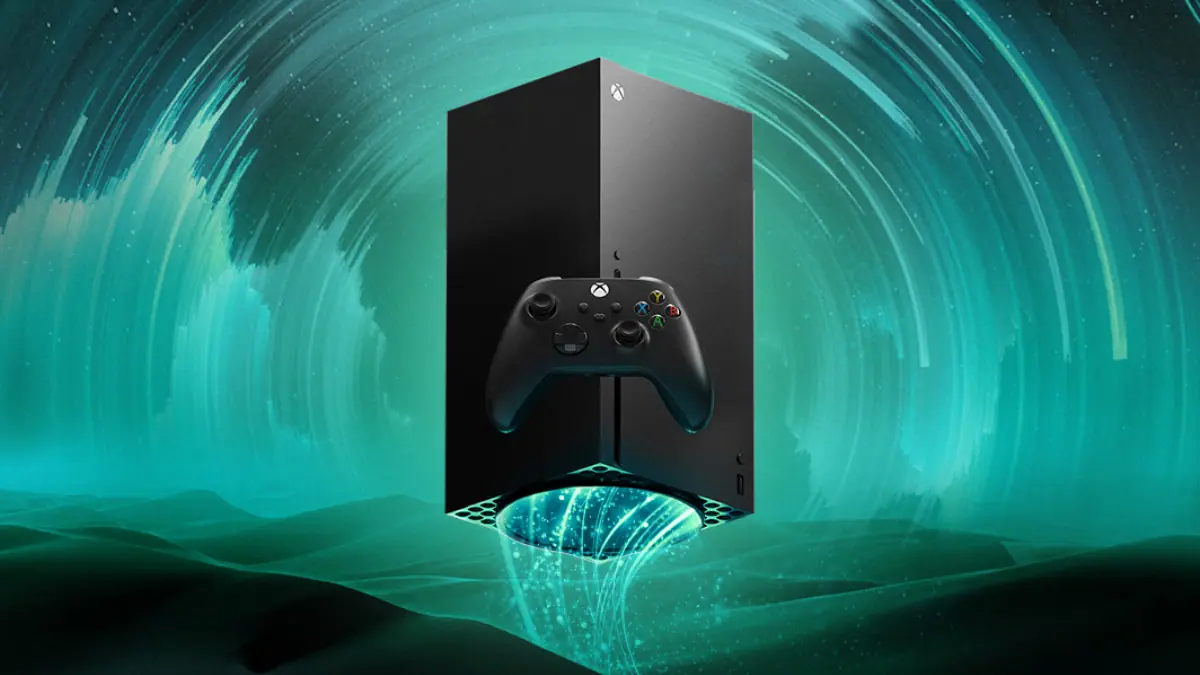
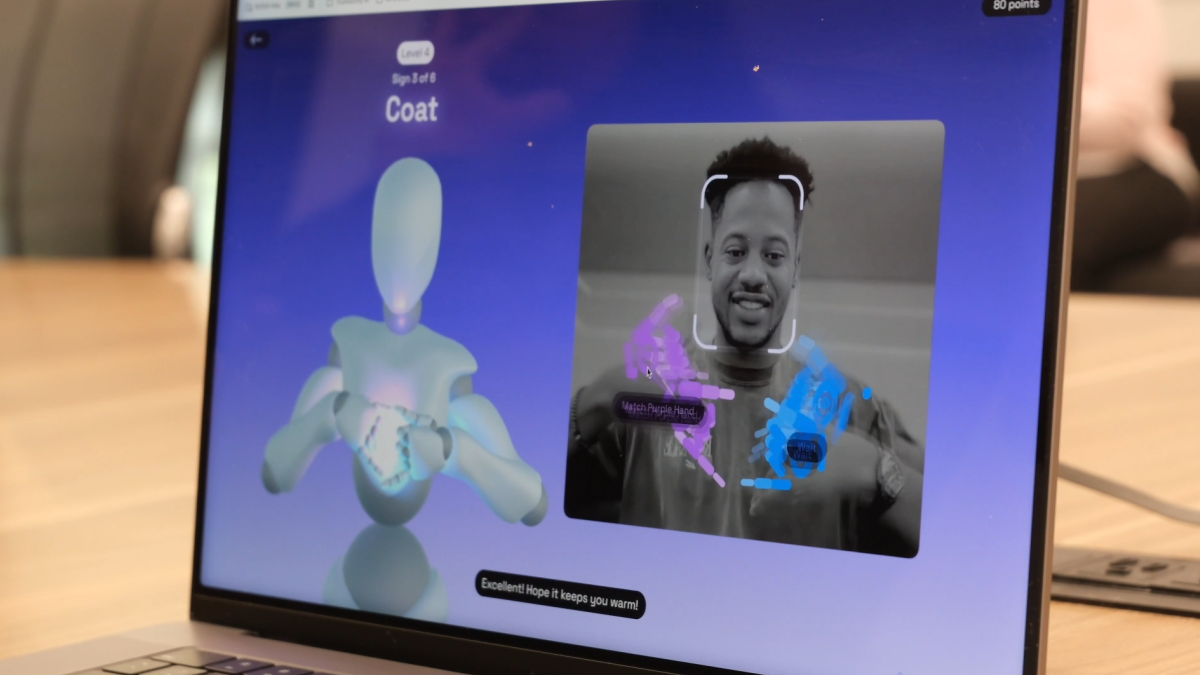


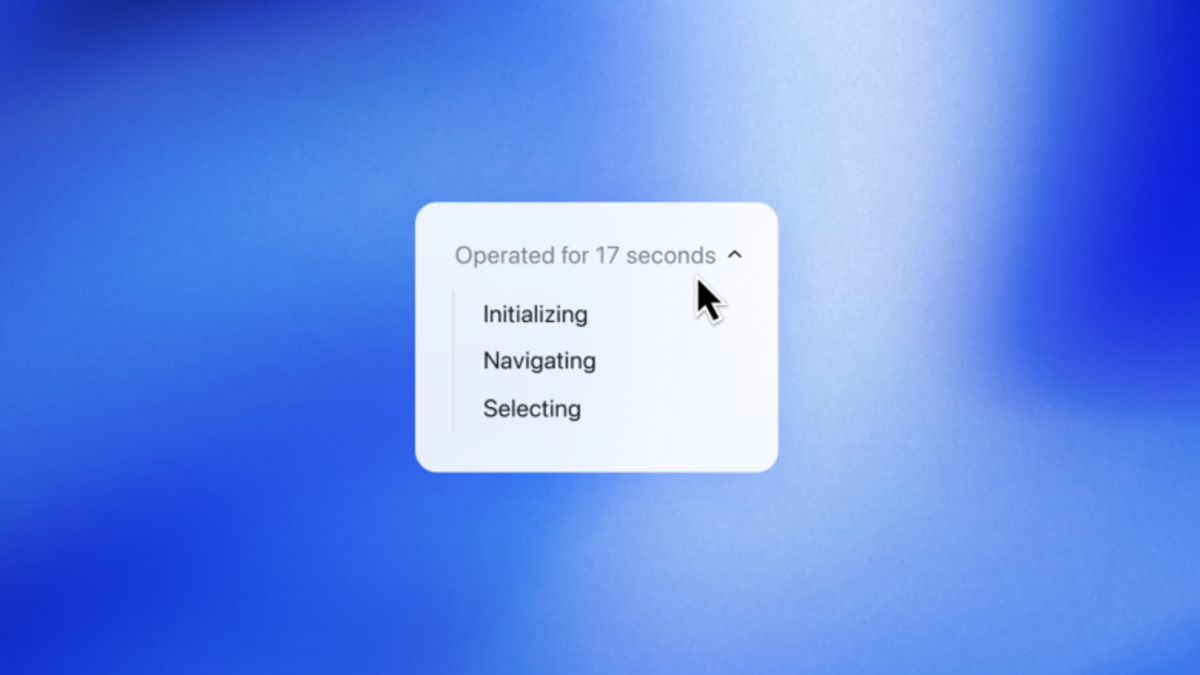
User forum
0 messages